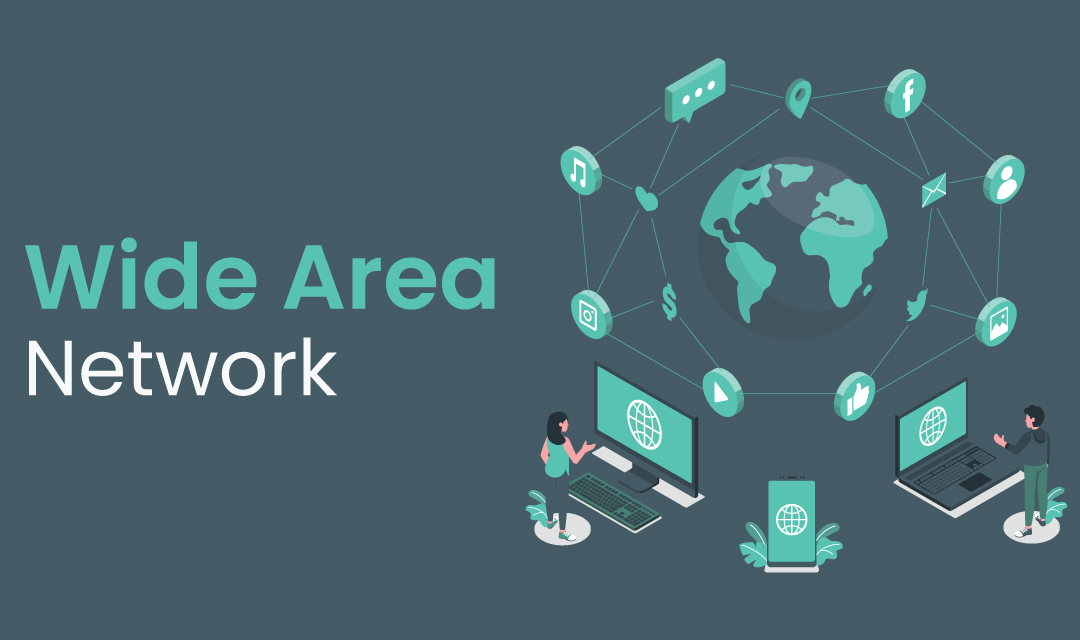
A wide area network (WAN) is a network generally transmitted over the telecommunications network that interconnects long-distance networks. If it wasn't for the WANs, the Internet wouldn't exist, and the smaller LANs and Metropolitan Area Networks (MANs) wouldn't be interconnected. The telecommunications network was originally built for voice traffic but as the demand for packet ("data") traffic grows, the existing telecommunication was used to deliver data traffic over WANs.
The Internet interconnects every network in the world to allow everyone to communicate with each other via the largest single network. The WANs play a significant role in interconnecting international and state boundaries to extend over large geographic areas to form the global Internet.
The very first IP-based Internet started with the ARPANET, which was the foundation for the wide-area packet network over the TCP/IP protocol suite. The original ARPANET interconnected University of California Los Angeles (UCLA), SRI International, University of California Santa Barbara (UCSB) and University of Utah.
Internet Service Providers (ISPs) use their infrastructure connections to provide WAN connectivity to businesses, schools, governments and individuals. The packet-switched technologies used in WAN include X.25 (56K-2M), Frame Relay (T1 (1.5M) - T3 (45M)), ATM (1.5M - 622M), MPLS, Packet over SONET/SDH (155M+). The older technologies such as the X.25, Frame Relay, and ATM are phasing out, and the newer technologies such as the MPLS and Packet over SONET/SDH are evolving.
What is SD-WAN?
Software-defined WAN (SD-WAN) is a software-based architecture that helps manage, deploy, and operate WANs more efficiently. It monitors different WAN connections and uses application-level policies to alleviate the strain on congested connections. SD-WAN monitors network traffic and allocates traffic to less congested and lower-cost network links to efficient use of the resources.
What is VPN?
VPN is a tunneling technology used to create a virtual LAN over private WAN. Within the VPN technology, the data traversing the virtual network are encrypted and encapsulated within IP packets and are routed over either the private WAN or public Internet to resemble a LAN connection. If two WANs are interconnected via a VPN, the devices within the network will obtain a new IP address from the VPN server and communicate to each other using the IP known to the VPN network.
Conclusion
The Internet is comprised of LANs, MANs and WANs; and the WANs are essential in interconnecting state and country boundaries to create the global network. The copper based X.25 and Frame Relay are technologies of the past, and the newer technologies such as the MPLS and packet over SONET/SDH are using optical backbone to create high-speed WAN connections.
Share this post
Leave a comment
All comments are moderated. Spammy and bot submitted comments are deleted. Please submit the comments that are helpful to others, and we'll approve your comments. A comment that includes outbound link will only be approved if the content is relevant to the topic, and has some value to our readers.

Comments (0)
No comment